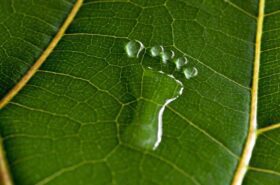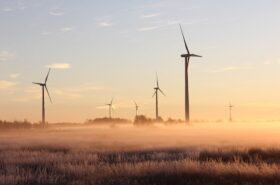In 2020, hydropower contributed to over 17% of the electricity in the world, making it one of the major energy sources. In some countries like Canada and Brazil, hydropower is responsible for over 60% of the total energy on their national grids. Hydropower is also one of the energy sources that has been around for close to 150 years, so it has stood the test of time.
In today’s article, we are going to take a closer look at the impact of hydropower, including its benefits and limitation. By the end of this article, you will know why hydropower is among the leading energy sources and its role in helping the world become carbon neutral by 2050.
Basics of hydropower – how it is generated

As we shared earlier, hydropower is one of the oldest sources of energy. It was invented in 1978 by British-American engineer James Francis. Since then, its popularity has been growing, thanks to its many advantages over other energy sources. In most countries, hydropower plays a major role in ensuring that enough power is available on the grid. China, Canada, and Brazil are some of the leading countries that depend on hydropower.
So, how is it generated? Hydropower is generated by converting the mechanical energy of moving water into electricity. At most hydropower plants, turbines are installed beneath a dam that is often several meters tall. The momentum of the water pouring from the dam hits the turbines causing them to spin.
The spinning turbines are connected to a generator that generates electricity due to the circular motion generated. Most hydropower plants are located at rivers with dams that are several meters tall. Some of the major hydropower plants in China have dams that are over 200m tall (equivalent to the length of two football fields).
The height of the dam is directly proportional to the mechanical energy that is exerted on turbines by the moving waters. This leads to a proportionate amount of electrical energy generated if all the other factors are constant. That is why most of the largest hydropower plants in the world are located in rivers with some of the steepest dams.
Three Gorges hydropower plant, the largest in the world, has a dam over 180m tall. This power station generated over 85 terawatt hours of energy per year. It is one of China’s major sources of energy, powering millions of facilities, including homes, offices, and factories.
Benefits of hydropower
Hydropower is a very efficient source of energy.
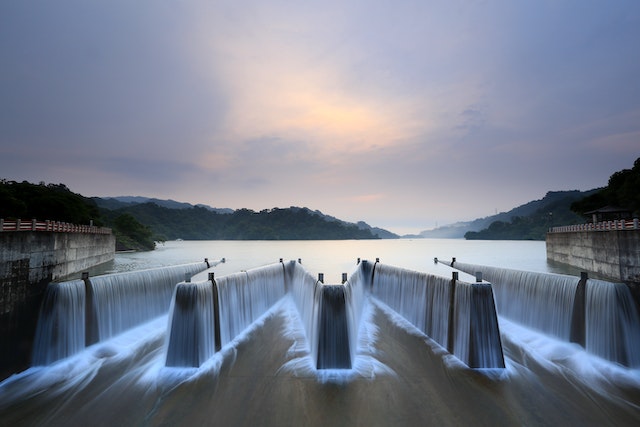

Hydropower plants have an efficiency that can go up to 90%, making hydropower the most efficient source of energy. Most renewable energy sources have an efficiency that is usually below 50%. With hydropower, most of the mechanical energy of the moving water is converted into electrical energy that can be sent to the national grids.
It should also be noted that all the mechanical energy transferred to the turbines is generated by the moving water from the river. There is no external energy input required to run the turbines. The fuel that powers hydropower plants is water, which is always available at all times.
Hydropower is very reliable
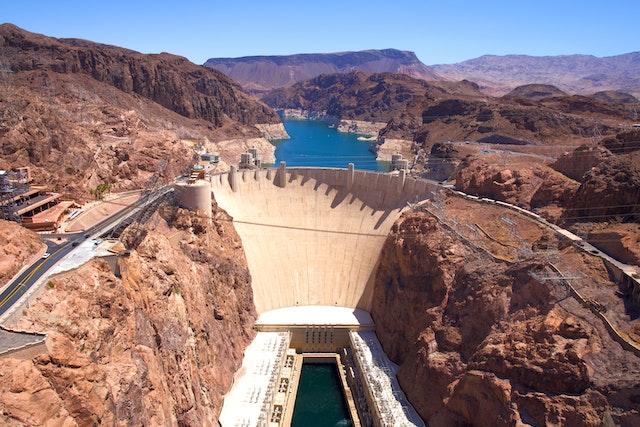

Hydropower is very reliable since it has little to no downtime. Power from hydropower plants is generated throughout the year since most rivers always have water at decent levels. Of course, the magnitude of energy generated will always vary depending on the amount of water in the river. The energy generated during dry seasons is usually lower due to the low water levels that reduce the momentum of the water hitting the turbines.
But overall, it is a very reliable source of energy. The reliability score of hydropower plants is around 35.8%, making it the second most reliable source of energy behind nuclear power. Wind and solar are all behind hydropower because they heavily rely on the weather conditions of the day. Solar is the least reliable among all the popular renewable energy sources since it is only available for a few hours during the day.
Hydropower is a very clean source of energy
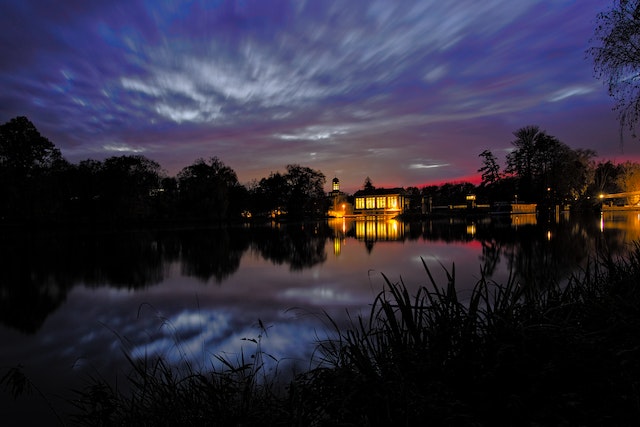

As we saw in the generation process of hydroelectricity, it doesn’t involve the use of fossil fuels that emit greenhouse gases. The operations of hydropower plants do not emit emissions, just like solar and wind. All the energy that is converted into electricity comes from the movement of water in a river or any other source of moving water.
Hydropower plants are only responsible for emissions during their construction. The manufacturing and transportation of materials used to generate hydropower might involve the use of unclean energy. But once the hydropower plant is put in place, its operations do not directly lead to greenhouse gases.
If the world is to become carbon neutral by 2050, there is a need to scale up renewable energy generation in the different parts of the world that have moving water bodies.
Hydropower has relatively low costs of generating power
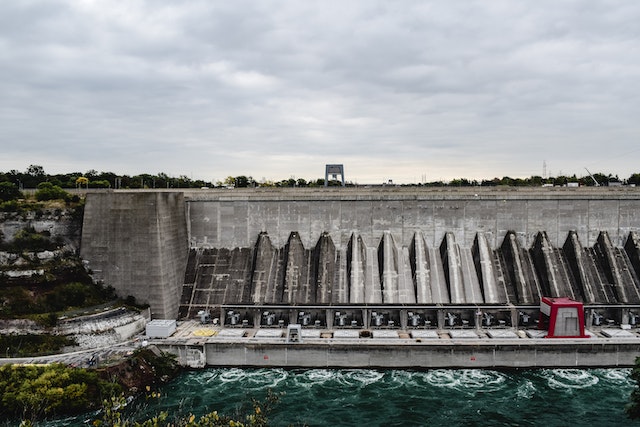

The cost of constructing hydropower plants is pretty high, thanks to the high prices of equipment, including turbines and generators. But, once the plant is put in place, the cost of generating the electricity over time is low when compared to several other sources of energy.
In the US, the cost for generating 1KWH of hydroelectricity is 0.85 cents. This is equivalent to about 50% of the cost of nuclear, 40% of the cost of fossil fuel, and 25% of the cost of using natural gas. The low costs of generating hydropower are also enjoyed by several other countries besides the US. That is why countries like China and Canada, which have huge amounts of energy generated from hydropower plants, have cheap power.
Hydropower is flexible


The amount of electric energy generated from a given power plant can be reduced or increased depending on the demand on the grid. Most power plants run with several turbines that can be turned on and off depending on the demand. When demand goes up, all turbines can be put into operations and vice versa when the demand goes down.
Since hydropower is generated from water that is always running, there is no need to store it in batteries. All the energy generated is sent to the national grid to be used by consumers immediately. This eliminates the losses that would be experienced while storing this energy.
Hydropower is a safe source of energy.
Hydropower plants have existed for hundreds of years. Still, they haven’t experienced any fundamental safety concerns—most of the issues that some dams face result from poor construction or low safety standards. But overall, hydropower plants are way safer than power plants that use nuclear energy and fossil fuels to generate electricity.
Hydropower has long run sustainability characteristics
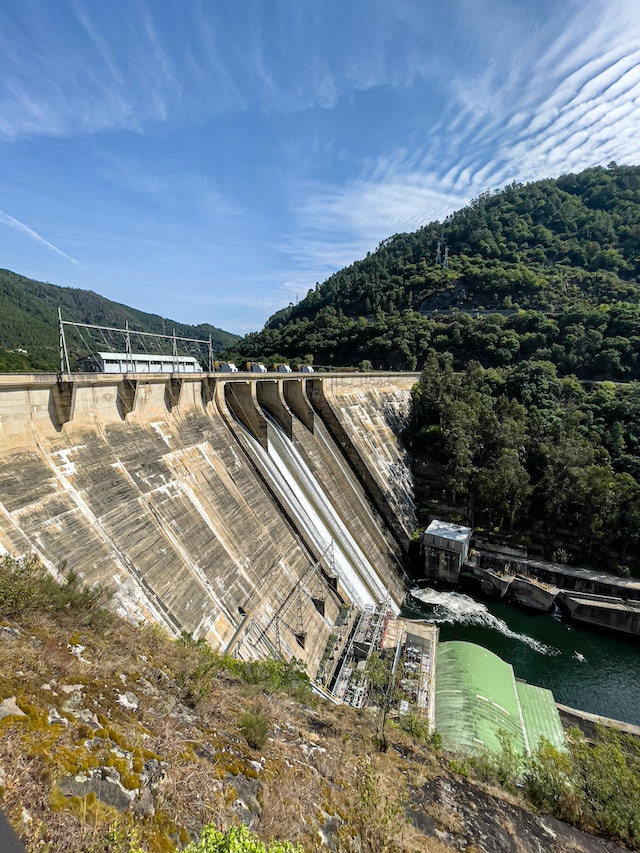

One of the major reasons hydropower electricity will be around for many years is that it is sustainable. As long as water flows in our rivers, we can still generate the same amount of electricity using hydropower plants. The only threat to hydroelectricity generation are the low water levels during the dry seasons.
However, this is usually a threat to hydropower plants in regions that experience very hot sunny seasons that lead to massive evaporation of water from the water bodies. For most regions, hydropower is generated throughout the year with minimal fluctuations in the is the sunny seasons.
Disadvantages of hydro energy
High upfront costs
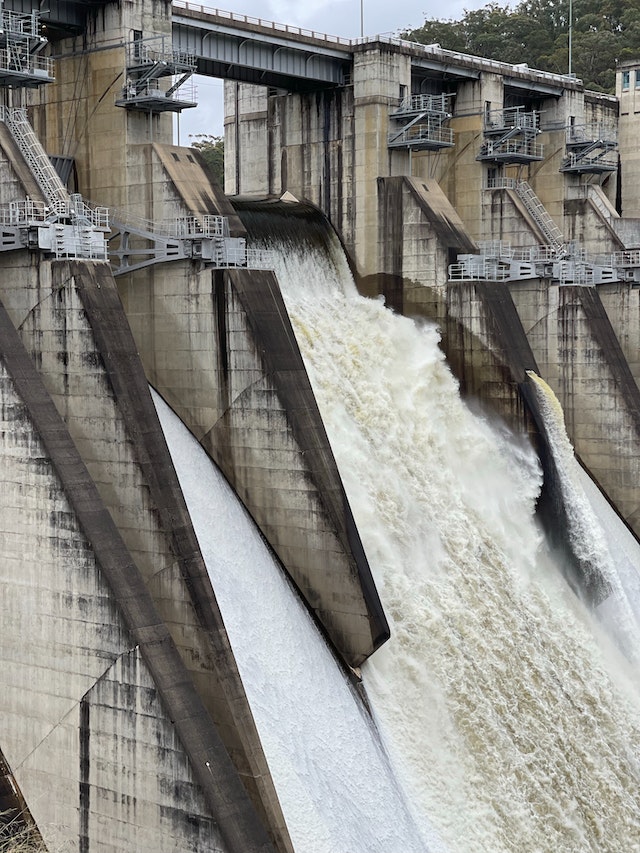

One of the major downsides of hydro energy are the high expenses involved during construction. The fact that dams have to be constructed in water makes it very complicated, escalating construction costs. Most of the major hydropower plants cost billions of dollars to build. Hydropower stations are always at the top of the list of the most expensive power plants in the world.
These costs are offset during the generation of power thanks to the minimal operating and maintenance costs. However, the high initial investments raise the barrier of entry for hydropower energy.
Hydropower is not scalable like solar
With solar energy, it is possible to generate just enough power to charge your phone or several megawatts of power to power a manufacturing plant. Generating hydroelectricity is only ideal when it is done on a large scale. This makes it close to impossible for individuals and small communities to create their own hydropower plants.
It’s challenging to create hydropower stations where there are no rivers
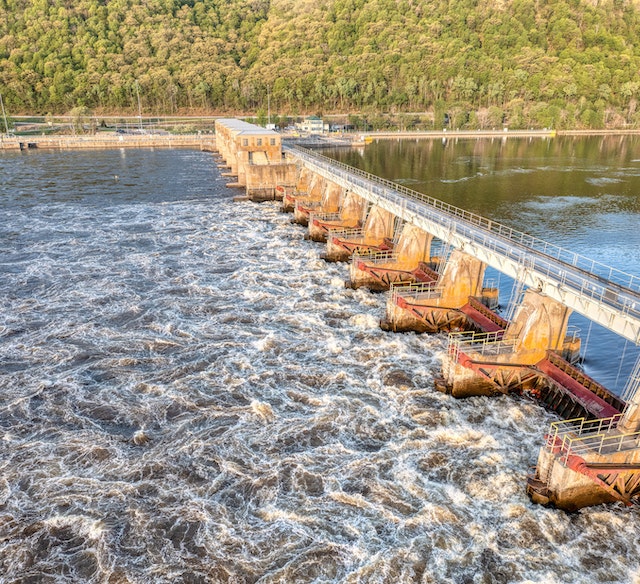

It should also be noted that hydropower plants are usually located on rivers, so it is nearly impossible to create one in a region with no rivers. As we saw earlier, hydroelectricity is generated from moving water, typically found in rivers and streams. Creating water movement artificially is very costly and not sustainable.
The costs of operating and maintaining a hydropower dam station only make sense if the moving water is available naturally through a river or a stream.
Hydropower has risks of structural dam failure
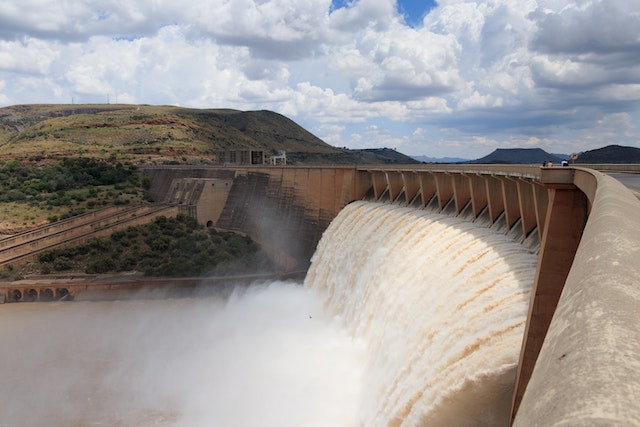

Dams deal with enormous amounts of water that must be considered during the design process. This water coming to the dams also varies in intensity depending on the season. That means sub-standard construction, natural disasters or sabotage, and the extreme influx of water can be catastrophic to downriver settlements and infrastructure.
There is a need to do an in-depth analysis of the water conditions when designing the dam. Engineers should also try to design for some unpredictable situations that could lead to the failure of a dam. Such conditions may include extreme rainy seasons that usually increase the amount of water that the dams have to deal with.
Hydropower is affected by drought
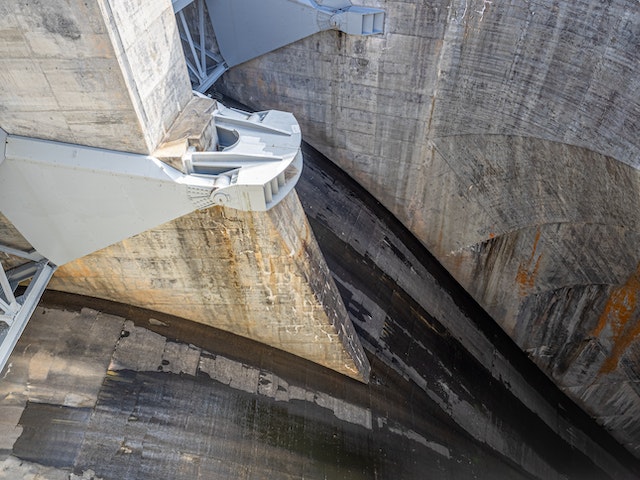

As we shared earlier, the overall power generation capacity of a hydropower plants depends on the amount of water that hits the turbines at a time. Drought and extreme sunny conditions can significantly reduce the water levels in rivers, reducing the magnitude of the water that hits the turbines. This reduces the overall efficiency of the power plant and the electricity generated.
Hydropower still has some negative environmental impacts
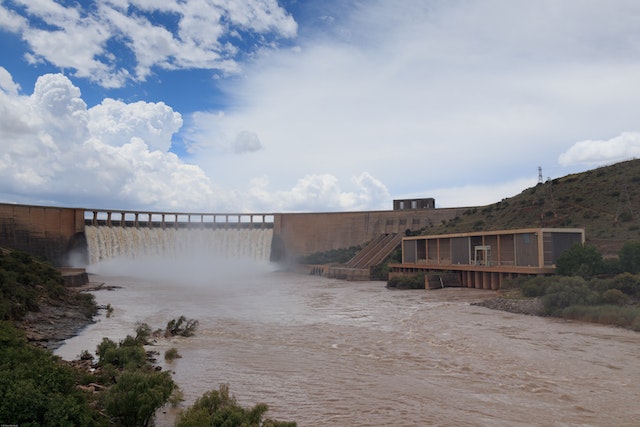

Hydropower plants interrupt the flow of rivers, which can destabilize the water species living within the nearby waters. Some water species usually move during food shortages, so the creation of dams could get in their way, leading to deaths. So, the construction of dams can indirectly affect the life of water species that play a crucial role in our ecosystem.
Final thoughts
Hydropower is among the most popular sources of energy that is currently used by over 150 countries in the world. Its efficiency, reliability, long-term cost-effectiveness, and sustainability are some of the reasons why almost every region and country in the world generates some form of renewable energy.
This source of energy will also be crucial to helping several countries attain the goal of being carbon neutral by 2050. As with any other energy source, hydropower has its disadvantage, such as the high upfront costs, vulnerability to droughts, and disruption of some water species. But overall, hydropower is a sustainable source of energy that needs to be embraced by more countries in the next couple of years.

